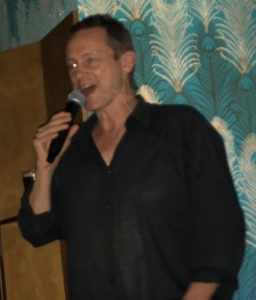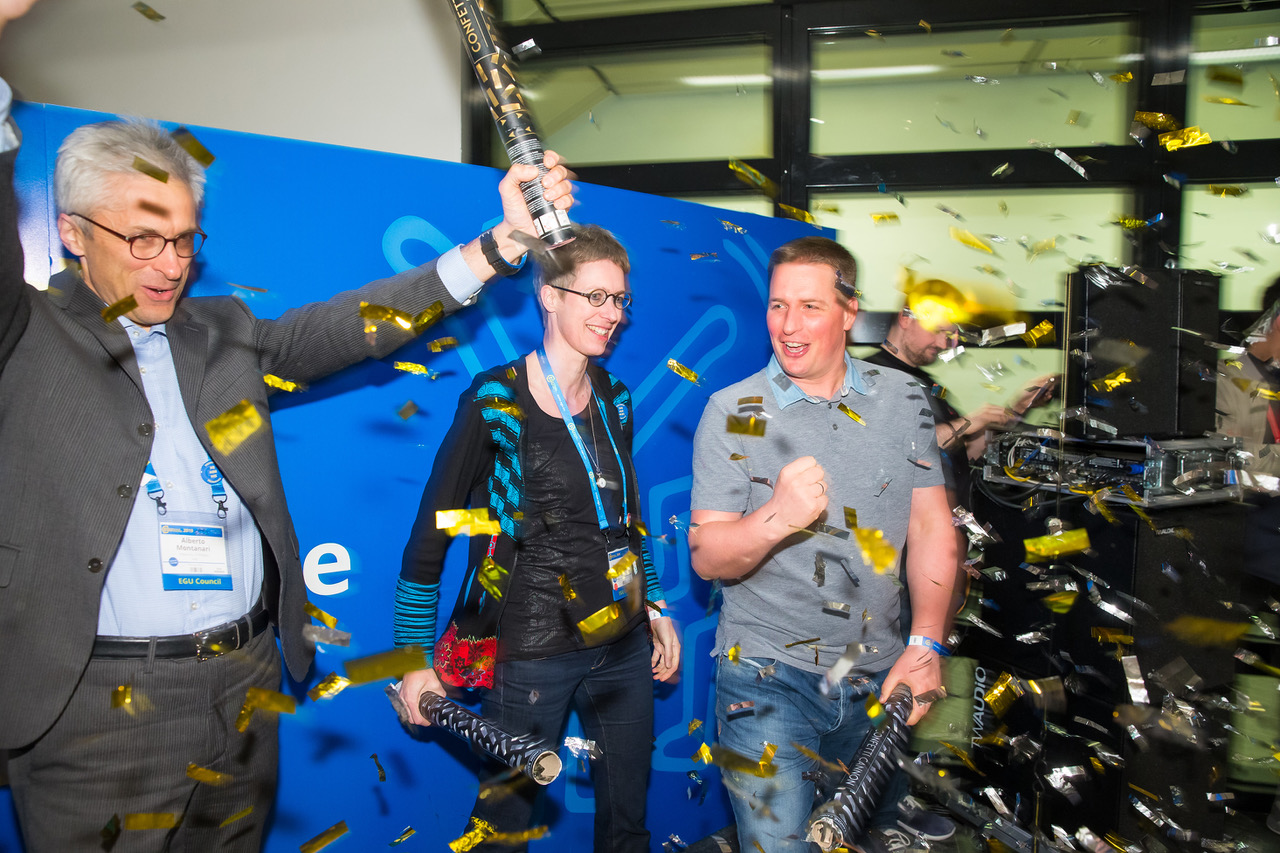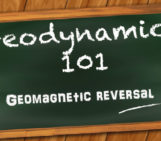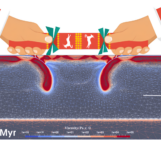
In a new regular feature, Paul Tackley, president of the EGU geodynamics division, writes about his role as a president, and gives us an insider’s view on how EGU works and is preparing for the future.

Paul Tackley. Professor at ETH Zürich and EGU geodynamics division president. Pictured here giving an important scientific talk, or maybe at karaoke. Your pick.
Stepping into the role of GD Division President has given me a big learning experience about how the European Geosciences Union is run and about how members are represented and can participate. Here I convey some impressions, give a quick overview of how EGU functions and the role of division presidents, and mention a few other activities you may not be aware of.
Firstly, I was impressed just how much a bottom-up organisation the EGU is – how it is run by members for the benefit of members. EGU employs only 7 full-time staff – very few compared to the 140+ employed by the American Geophysical Union! Thus, most of the organisation is run my volunteers, including the big jobs of President, Vice-President, Treasurer and General Secretary, and also the presidents of the 22 scientific divisions and members of eight committees. Of course, the fact that so few staff are needed is helped by the fact that Copernicus (the company) deals with publishing all the journals and organising the General Assembly (GA), and Copernicus has 54 employees.
Secondly, I now appreciate that EGU does a lot more beyond organising the General Assembly and publishing 18 open access journals. In particular, EGU is active in the areas of Education and Outreach, and supports various Topical Events, with each area coordinated by a committee. Additionally, a Diversity and Equality working group was recently set up. I encourage you to read more about these various activities on EGU’s web site.
What must a division president do? The main tasks are to organise the division’s scientific programme at the General Assembly, and to attend three EGU Council + Programme Committee meetings per year: short ones at the General Assembly, and longer (2-3 days) ones in October near Munich, and in January somewhere warm (such as Nice or Cascais). Practically, this involves sitting in a darkened room for 2-3 days with a lot of other people (there are many other members in addition to the division presidents, including early career scientists) listening to information of variable interest level and discussing and making decisions (voting) when necessary. The EGU Council discusses the full range of EGU activities, so meetings consist of a series of reports: from the president, the treasurer, the various committees, the ECS representative, etc., often with much time spent discussing and voting on new points and developments that arise. Programme Committee meetings are focussed on the General Assembly, both discussing general issues and accomplishing the specific tasks of finalising the list of sessions (October meeting) and the session schedule (January meeting). Throughout all these meetings, I have found the council members to be very collegial and constructive in trying to do what is best for improving EGU activities and making optimal arrangements for the General Assembly (although of course, opinions about what is best can vary). Additionally, Copernicus is continually improving their online tools to make scheduling easier.

The President Alberto Montanari, Programme Committee Chair Susanne Buiter and Copernicus Managing Director Martin Rasmussen, celebrating the EGU General Assembly.
I am happy that there are several other people actively taking care of various tasks in the GD Division. Division officers stimulate sessions in their respective areas of the GA programme and judge the Outstanding Early Career Scientist Award nominations, while judging of the OSPP (Outstanding Student Poster and Pico) awards is organised by an Early Career Scientist (now Maelis Arnould). Our Early Career Scientists are incredibly active, maintaining this blog and the Facebook page, and organising social events at the GA. Finally, the Medal committee decides the winner of the Augustus Love Medal.
Changes are ongoing at EGU! In a multi-year process the finances are being moved from France to Germany, a complicated process as described by our Treasurer at the GA Plenary session. Moving the EGU office (where the 7 people work) from a confined space on the campus of Ludwig Maximilian University of Munich to a much larger modern office premises is happening around now and will allow some expansion of the staff and a suitable space to greet visitors. In the longer term, it may be necessary to move the location of the General Assembly from Vienna due to the ever-increasing number of attendees!
To conclude, EGU is our organisation and we can contribute to the running of it and the decision-making process, so I encourage you to get involved and to make your views about possible future improvements or other issues known to your representative (i.e. me, or our Early Career Scientist representative Nicholas Schliffke). And if anyone wants to take over as the next GD Division President, (self-)nominations can be submitted starting in September with the vote coming in November!





